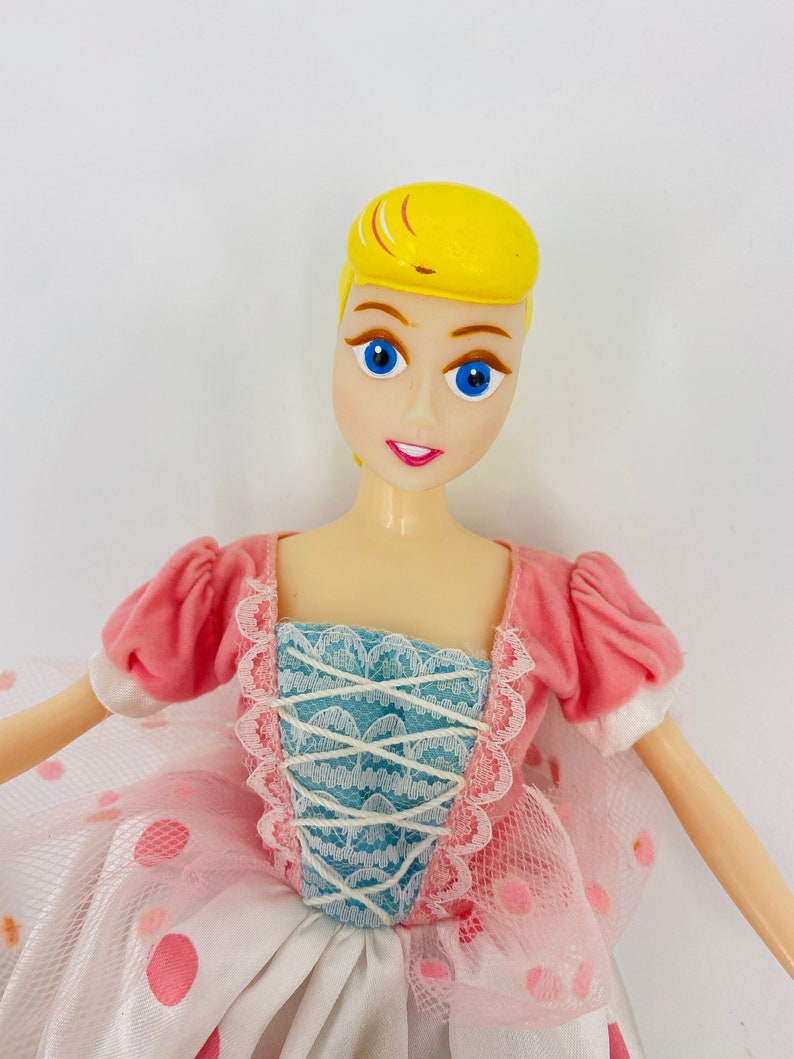

It occurs when a line is cut off before its natural stopping point.


For example, “them” ends two lines in the first and third stanzas.Īnother important technique commonly used in poetry is enjambment. For example, “fell fast” in line one of the second stanza and “she,” “shepherdess,” and “should” in stanza five.Įpistrophe is the repetition of the same word, or a phrase, at the end of multiple lines or sentences. The first, alliteration, occurs when words are used in succession, or at least appear close together, and begin with the same letter. These include alliteration, epistrophe and enjambment. There are several techniques to take note of in ‘Little Bo-Peep’. For example, the last line sometimes reads “to tack each again to its lambkin” and other times “That each tail be properly placed”. Sometimes, depending on the region, whether in America or England, the poem might contain different words or phrases. The poem as it is commonly sung today appears below in this analysis, but there are variations. ‘ Little Bo-Peep’ by Mother Goose is a five stanza nursery rhyme that follows a simple rhyme scheme of ABCB, changing end sounds from stanza to stanza. Bo-Peep grabs them and rushes off to get them reattached. Something happened to the sheep while they were missing the tails her hung up to dry. The amusing, and at times dark, song describes how one-day Bo-Peep’s sheep went missing She searched for them and found them, but they were without their tails. ‘ Little Bo-Peep’ by Mother Goose is a children’s nursery rhyme that tells the story of Bo-Peep a shepherdess, a flock of lost sheep, and their missing tails.


 0 kommentar(er)
0 kommentar(er)
